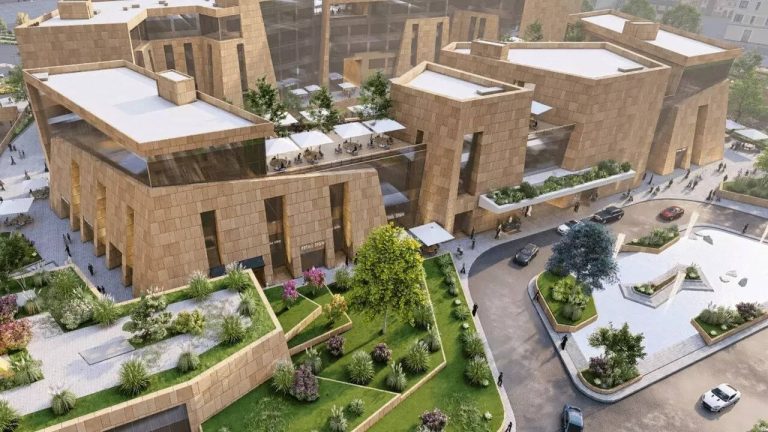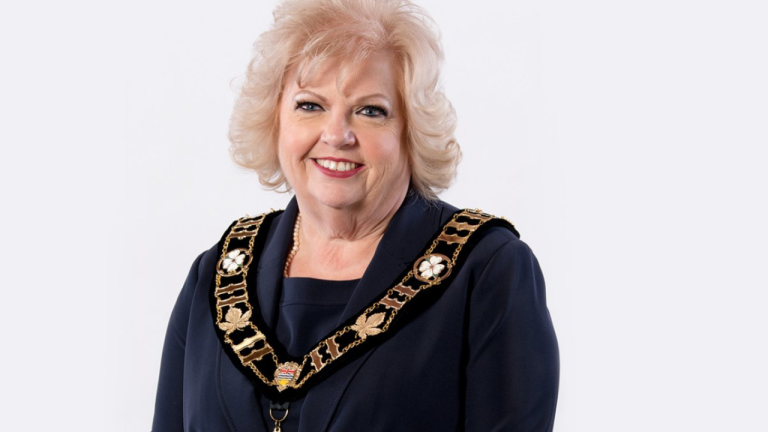Urban Green Spaces: The Future of Outdoor Living in European Cities by 2025
Urban green spaces are becoming increasingly important in European cities, as they provide numerous benefits for the environment, public health, and community engagement. Urban green spaces are areas of vegetation, such as parks, gardens, and green roofs, that are integrated into the urban landscape. These spaces are designed to promote sustainability, reduce the urban heat island effect, and improve air quality, making them an essential component of modern urban planning.
Benefits of Urban Green Spaces
The benefits of urban green spaces are numerous and well-documented. Some of the most significant advantages include:
- Improved air quality: Urban green spaces can absorb pollutants and particulate matter, improving the overall air quality in cities.
- Reduced urban heat island effect: Green spaces can mitigate the urban heat island effect by providing shade and cooling the surrounding area through evapotranspiration.
- Increased biodiversity: Urban green spaces can provide habitats for various plant and animal species, increasing biodiversity in urban areas.
- Enhanced public health: Access to green spaces has been shown to improve mental and physical health, reducing stress and promoting physical activity.
- Community engagement: Urban green spaces can serve as community hubs, fostering social connections and a sense of community among residents.
Innovations in Urban Green Space Design
As the importance of urban green spaces continues to grow, innovative designs and technologies are emerging to enhance their benefits and functionality. Some of the most notable innovations include:
- Green roofs and walls: These structures can provide additional green space in urban areas, reducing stormwater runoff and improving air quality.
- Vertical farming: This method of agriculture can increase food production in urban areas, reducing transportation emissions and promoting local food systems.
- Smart green spaces: The integration of technology, such as sensors and data analytics, can optimize green space management, improving maintenance and reducing water consumption.
- Community-led design: Engaging local communities in the design and management of urban green spaces can ensure that these areas meet the needs and preferences of residents.
Case Studies: Successful Urban Green Space Initiatives in European Cities
Several European cities have implemented successful urban green space initiatives, demonstrating the potential of these areas to transform urban living. Some notable examples include:
- Stockholm’s Royal National City Park: This park is one of the largest urban national parks in the world, covering over 27 square kilometers and providing a green oasis in the heart of the city.
- Barcelona’s Superblock Program: This initiative has transformed urban streets into pedestrian-friendly green spaces, reducing traffic congestion and promoting community engagement.
- Copenhagen’s Green Wave: This project aims to create a network of green spaces throughout the city, improving air quality and mitigating the urban heat island effect.
Conclusion
Urban green spaces are revolutionizing the future of outdoor living in European cities, offering a range of benefits for the environment, public health, and community engagement. As cities continue to grow and urbanize, the importance of these areas will only continue to increase. By incorporating innovative designs, technologies, and community-led initiatives, urban green spaces can become a cornerstone of sustainable urban development, enhancing the quality of life for residents and promoting a healthier, more livable environment.




